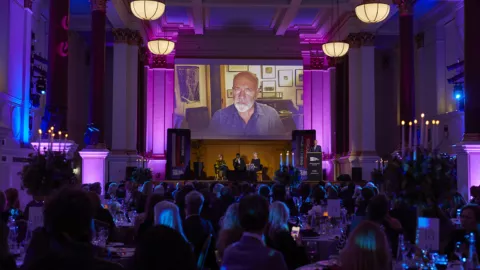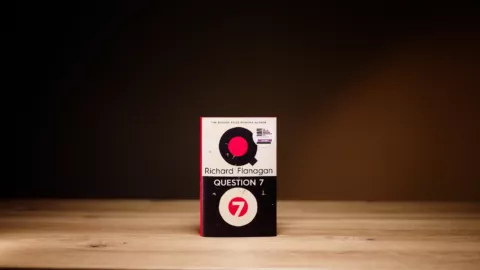
Jonathan Blitzer Longlist Interview
9 October 2024
Laura Cumming describes how it feels to be part of a ‘writing democracy’ and explains she had been so affected by Velazquez’s masterpiece, Las Meninas, after her father’s death that this inspired her to look for other people’s reactions to his work.
This is part of our series of longlisted author interviews.
What’s it like to be longlisted?
I feel so grateful, honoured and elated. Although I’ve been writing for decades, I feel somehow translated into an actual author. There are such illustrious writers on the longlist, and such enthralling subjects - yet in all their diversity, these books are united by the judges’ selection. To be on the longlist is to feel part of a writing democracy.
How did you research for your book?
Looking at paintings, reading history, walking the streets and museums of London, New York, Madrid - and Reading, where my Victorian bookseller lived; mining libraries and trawling through letters, diaries and memoirs, visiting grand houses in hopes of clues and coming upon them in quite other places. One chapter is set in the library of faces that belongs to the National Portrait Gallery; anyone interested in what other people look like could spend a lifetime there (and to be interested in other people’s faces is surely a test of human solidarity). But there are also those lovely moments on the internet in the small hours when you hit on some staggering connection.
Which non-fiction authors do you admire?
In no particular order: John Updike, W G Sebald, Arthur Danto, James Boswell, John Berger, Michael Herr, Robert Hughes, Anita Brookner, Montaigne, Hume, Robert Louis Stevenson, I could go on… you’ll notice several have other careers as novelists.
What are you working on next?
In the same way that this book is about the way that art can change life (my own, and that of John Snare, in the case of Velazquez), so my next book is about the way life affects art. It opens with a momentous scene on a beach in Lincolnshire a century ago involving a child, and follows the fateful consequences for her life and work, and for the lives of everyone around her. It is a story of truth and deception.
How did you stumble on the tale of John Snare which inspired The Vanishing Man?
Because I had been so affected by Velazquez’s masterpiece, Las Meninas, after my father’s death, I wanted to write a book of praise for the painter. And because art history doesn’t concern itself much with the power of images to affect us, I went looking for other people’s reactions to his work in the literature of daily existence – letters, diaries and so on. And this is how I came across an anonymous pamphlet describing a portrait of the young Charles I by Velázquez shown in London in 1847. At first I thought I had some inkling of this painting, but overnight I began to doubt it and shaking the internet by the lapels found nothing - at least not yet. So I returned to the library next day to see if it was all a fiction. But Snare and his story were real - he turned out to be the author of the pamphlet - and I became entangled.

10 April 2025

17 December 2024

19 November 2024